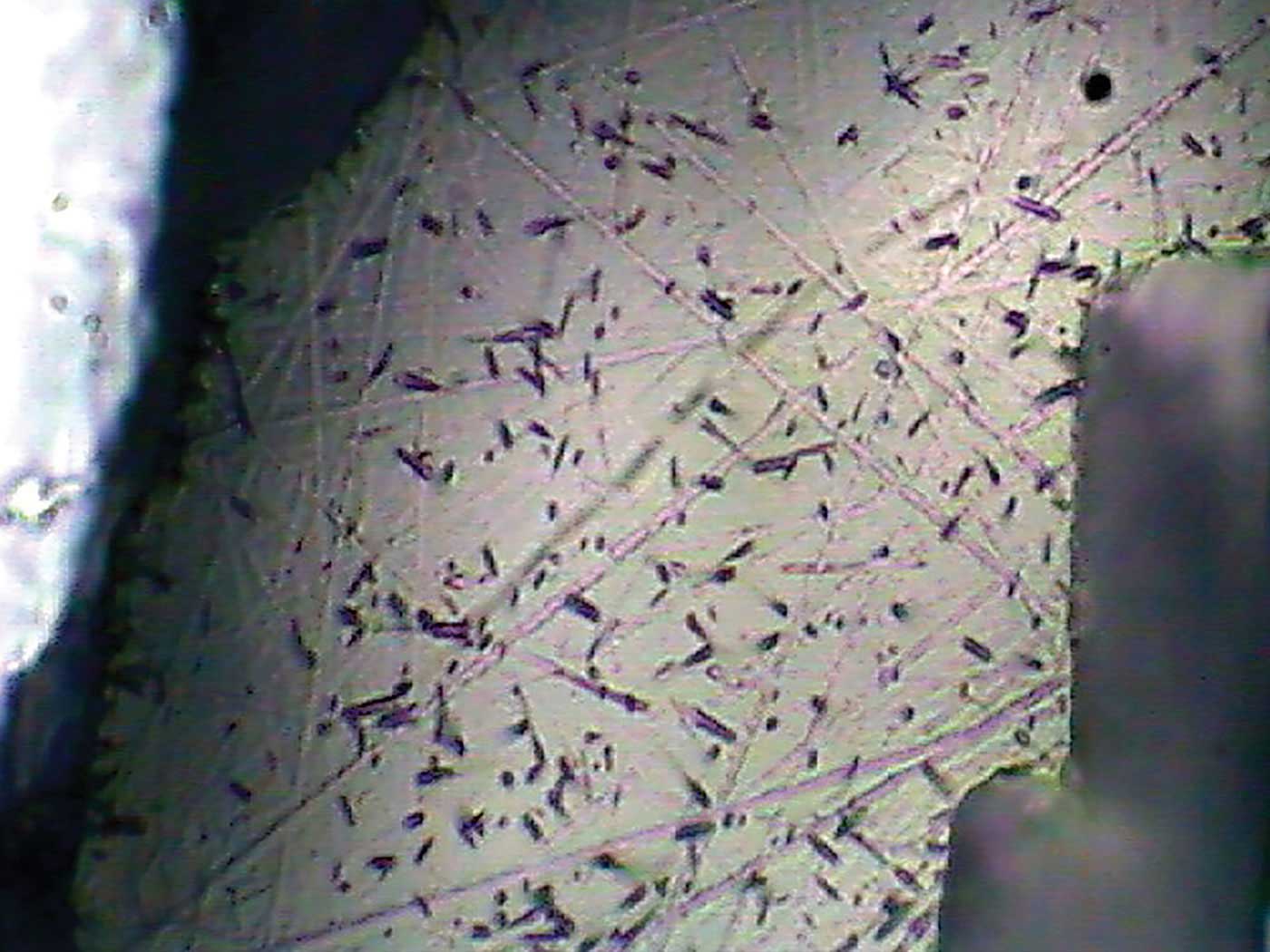In 2010, the BioLogos Foundation published a paper by geologists Gregg Davidson and Ken Wolgemuth (D&W) titled “Christian Geologists on Noah’s Flood: Biblical and Scientific Shortcomings of Flood Geology.”1 In this paper, they presented what they considered to be four unanswerable arguments for an old Earth. Their favorite seems to have been the argument involving thin couplets of layers called varves in the bed of Lake Suigetsu in Japan. Fifty thousand (presumably annual) varves had been identified (though that count is inferred rather than obtained by physical counting), and D&W claimed that good agreement between tree ring, varve, and radiocarbon ages proved the Earth had to be at least 50,000 years old. However, this agreement is invalid if the radiocarbon ages and the varve and tree-ring counts actually depend upon one another.
In 2016, Drs. Tim Clarey, Andrew Snelling, and I published a response to this BioLogos paper.2 ICR also published a popular-level article summarizing our most important findings.3 We cited specific examples from the papers used by D&W, to show that, contrary to their assertions, the radiocarbon, tree-ring, and varve ages were not independent of one another.
Last year, D&W responded to our rebuttal with an updated technical article, as well as a popular-level summary.4,5 Essentially their new argument is the same argument from their previous paper, but expressed in a different mathematical form. In their original paper, they placed great emphasis on the fact that a plot of “measured” carbon-14 versus tree ring and varve count (their Figure 5) was a straight line with a negative slope. Actually, what they called “measured” carbon-14 was actually the logarithm of calculated amounts of carbon-14. They argued that this kind of graph (known as a semi-log graph) should depict a straight line with negative slope if radiocarbon ages agreed well with true calendar ages.
In their new paper, D&W show a graph of measured carbon-14 (expressed in percentage of modern radiocarbon) versus calendar years obtained from tree-rings and varve counts. They argue that since this graph is in the form of an exponential decay curve, it demonstrates good agreement between radiocarbon ages and (presumed) calendar years.
But this is essentially the same argument they made earlier. This is because an exponentially-decaying curve, when plotted on a semi-log graph, is a straight line with a negative slope! Hence, Davidson and Wolgemuth’s argument in their second paper isn’t really new. It’s basically the same argument in a different mathematical form with some “bells and whistles” attached.
As of September 30, 2019, the original D&W paper was still archived at the BioLogos website,1 although for some reason, the BioLogos search engine no longer retrieves it. This is unfortunate because Davidson and Wolgemuth had long urged creation scientists to respond to their Lake Suigetsu argument, and the BioLogos website used to feature this paper as a scholarly article. Because D&W’s new argument is more-or-less a restatement of their original argument, those attempting to discern whose argument is stronger should retrieve their original 2010 paper, along with D&W’s newer papers, so that they may compare them to our rebuttals.
Tree rings in particular are an ongoing area of creation research,6 and our paper will certainly not be the last word on this subject. Creation researcher John Woodmorrape argues, contrary to what we and other creationists generally assume, that only immature bristlecone pines can produce multiple rings per year.7,8 Even so, Woodmorappe has used computer simulations to demonstrate that it is fairly easy to construct, by cross-dating similar-looking ring patterns in different trees, extended tree ring chronologies that look very convincing, even from a statistical point of view—even though these extended chronologies are spurious.7 In this light, it’s extremely interesting that Methuselah, the tree with the world’s oldest “confirmed” age of 4,900 years, was, according to one of D&W’s own references, not dated by “simple” ring counting. Rather, it too was cross-dated!9 In fact, the oldest tree dated by simple ring counting appears to be a 2,200-year-old redwood from northern California.9 So, even if Woodmorappe is correct that mature bristlecones are incapable of producing multiple rings per year, the true age of Methuselah could still be less than 4,500 years, the time allowed for tree growth since the Genesis Flood!
As we argued before, Wolgemuth and Davidson’s analysis is much too simplistic. We are confident that a side-by-side comparison of the creationist papers cited on this subject with D&W’s papers will clearly reveal who has done a more careful and in-depth analysis of the data.
References
1. Davidson, K. and K. Wolgemuth. 2010. Christian Geologists on Noah’s Flood: Biblical and Scientific Shortcomings of Flood Geology. BioLogos Foundation. Posted on biologos.org July 2010.
2. Hebert, J., A. A. Snelling, and T. Clarey. 2016. Do Varves, Tree-Rings, and Radiocarbon Measurements Prove an Old Earth? Refuting a Popular Argument by Old-Earth Geologists Gregg Davidson and Ken Wolgemuth. Answers Research Journal. 9: 339-361.
3. Hebert, J. 2017. Refuting BioLogos: Do Japanese Lake Varves Prove an Old Earth? Acts & Facts. 46 (3): 10-13.
4. Davidson, G. and K. Wolgemuth. 2018. Testing and verifying old age evidence: Lake Suigetsu varves, tree rings, and carbon-14. Perspectives on Science and Christian Faith. 70 (2): 75-89.
5. Davidson, G. and K. Wolgemuth. 2019. Cross-checking Dating Methods: Tree Rings, Varves, and Carbon-14. BioLogos Foundation. Posted on biologos.org May 9, 2019, accessed September 11, 2019.
6. Sanders, R. W. 2018. Creationist commentary on an analysis of tree-ring data: A review. In Proceedings of the Eighth International Conference on Creationism. J. H. Whitmore, ed. Pittsburgh, Pennsylvania: Creation Science Fellowship: 516-524.
7. Woodmorappe, J. 2018. Tree ring disturbance clustering for the collapse of long tree-ring chronologies. In Proceedings of the Eighth International Conference on Creationism. J. H. Whitmore, ed. Pittsburgh, Pennsylvania: Creation Science Fellowship, 652-672.
8. Matthews, M. 2006. Evidence for multiple ring growth per year in Bristlecone Pines. Journal of Creation. 20 (3): 95-103.
9. Brown, P. M. Updated May 2019. OLDLIST, a Database of Old Trees. Rocky Mountain Tree-Ring Research. Posted at www.rmtrr.org, accessed September 30, 2019.
Stage image: bristlecone pine.
Dr. Hebert is Research Associate at the Institute for Creation Research and earned his Ph.D. in physics from the University of Texas at Dallas.







